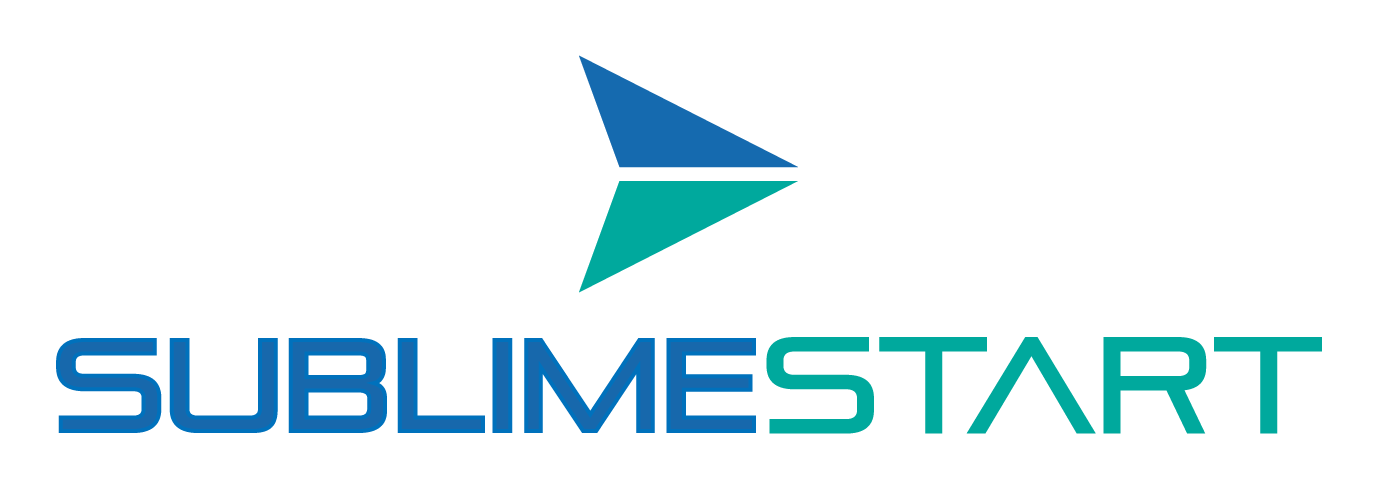Creating a How-to Guide: Examples, steps, and more
How-to guides have emerged as essential tools for individuals seeking to acquire new skills or accomplish tasks. For marketers, a how to guide offers a powerful way to engage with potential customers, establish thought leadership, and boost brand visibility. By creating comprehensive and insightful guides, organizations can position themselves as experts in their respective fields, attracting and retaining loyal customers.
What is a How-To Guide?
A how-to guide, a step-by-step guide or an instruction manual is a comprehensive document that provides clear and concise instructions on performing a specific task or procedure. It is a valuable resource for individuals seeking to learn a new skill, troubleshoot issues, or complete a task efficiently. How-to guides are used in various industries, from technology and software to cooking and DIY projects.
Ten steps to create a compelling How-to Guide
Below, you can find 10 steps to get started with your ultimate guide.
Step 1: Consider your target audience
Use online community sites to identify concerns or challenges that your specific audience is likely to encounter. This information will help determine the materials you should include in your guide.
When writing your how-to guide, consider your target audience’s knowledge and experience level. Tailor your language and explanations to suit their needs, ensuring that the guide is accessible to all readers.
Step 2: Choose your topic
The first step to creating a successful how-to guide is to select a topic you’re passionate about and knowledgeable about. Your enthusiasm will shine through in your writing, and your expertise will ensure that your guide is accurate and helpful.
With the help of search engines, readers can easily find your content; therefore, choosing search terms is a good strategy for finding a topic to write for. When you write for keywords, it is important to think like your target audience. What words would they use to search for your content? Choosing keywords that are not too competitive and will generate leads to your content is also essential.
If you are starting, ranking for keywords already used by large websites may be challenging. It is important to balance choosing keywords that are popular enough to get traffic but not so popular that it will be difficult to rank for them.
Several tools can help you research keywords, including Google Ads Keyword Planner and a free tool with premium features such as Moz Keyword Explorer and Ahref.
Step 3: Conduct thorough research
Once you know your audience and topic, it’s time to research. Gather information from various sources, including books, articles, online resources, and personal experience. The more knowledge you have, the better equipped you’ll be to provide comprehensive and accurate instructions.
You can also find answers to some questions people ask or cannot get answered online by visiting websites such as Quora, Reddit, Facebook groups and other forums.
Step 4: Craft an outline
An outline is the backbone of your how-to guide, ensuring your information is well-organized and easy to follow. Break down your topic into smaller, manageable steps and arrange them logically. This will help you stay on track as you write and make your guide easier for readers to comprehend.
Step 5: Write the guide
Your guide is meant to be a step-by-step guide, so writing clear, concise, and easy-to-understand instructions is crucial. Avoid using jargon or technical terms that might confuse your audience. Instead, use simple language that is appropriate for your target readers. Your audience may not return to your website when they can’t find the correct information fast.
Here are some things to keep in mind:
- When possible, use short and clear sentences.
- Use bullet points or numbered lists.
- Use headings and subheadings to organize your information.
Another thing, don’t just provide instructions; make your guide an enjoyable read. Use storytelling techniques, personal anecdotes, and humour to capture your audience’s attention when your content is not dull; it will make the learning process fun and memorable.
Step 6: Incorporate images
Visuals can significantly enhance the clarity and effectiveness of your how-to guide. Use screenshots, diagrams, infographics, and other images to illustrate your instructions.
Images will help readers visualize the steps involved and make the guide more engaging. Videos can also improve the articles. It is another way for readers to understand your how-to guides.
Step 7: Proofread and edit
Before publishing your how-to guide, proofread and edit it thoroughly. By doing quality management, you will increase the overall quality of your content. Quality control is important so no errors will slip through.
Check for any typos, grammatical errors, or inconsistencies. Ensure that the flow of information is logical and easy to follow. Reread the article, and place yourself in the shoes of your audience. What can you improve?
Step 8: Create your title
Your how-to guide’s title is its first impression, so make it count. Choose a catchy and descriptive title that accurately reflects your guide’s content. It should pique readers’ interest and entice them to read further. Avoid vague or misleading titles that may disappoint readers. A good title should be concise, specific, and informative.
In addition to creating a descriptive title, you can improve its SEO by creating a meta description. A meta description is a two-sentence summary of the how-to guide. It appears below the title in search engine results. Simply put, it is an overview of your guide’s content and includes relevant keywords that users might search for.
Step 9: Promote your guide
Once your how-to guide is complete, don’t just let it sit on your website. Promote it through social media, email marketing, and relevant online communities. Reach out to bloggers and influencers to share your guide with their audience. A well-promoted guide can reach a wider audience and generate more engagement.
Common mistakes to avoid when writing a How-To Guide
Other things you can do to increase the effectiveness of your article is by avoiding:
- Providing to many/little details: Providing too little detail can leave readers confused, while providing too much detail can overwhelm them. Find the right balance that works for your target audience.
- Skipping Steps: Cover all the necessary steps and provide enough information for readers to follow.
- Not having a clear goal: Your guide should have a clear purpose; you want to explain without confusing readers.
- Not updating your guide regularly: The information should remain accurate and relevant. So revisit your guide every so often and make any necessary updates.
A word from SublimeStart
In conclusion, this article has provided a comprehensive framework for the development of effective how-to guides. By emphasizing clarity, organization, and a focus on providing valuable solutions to the target audience, authors can create guides that empower readers and establish their own expertise within the chosen field. Continuous refinement, practice, and knowledge-sharing are essential elements on the path to crafting impactful guides, fostering a dynamic environment of learning and growth.






